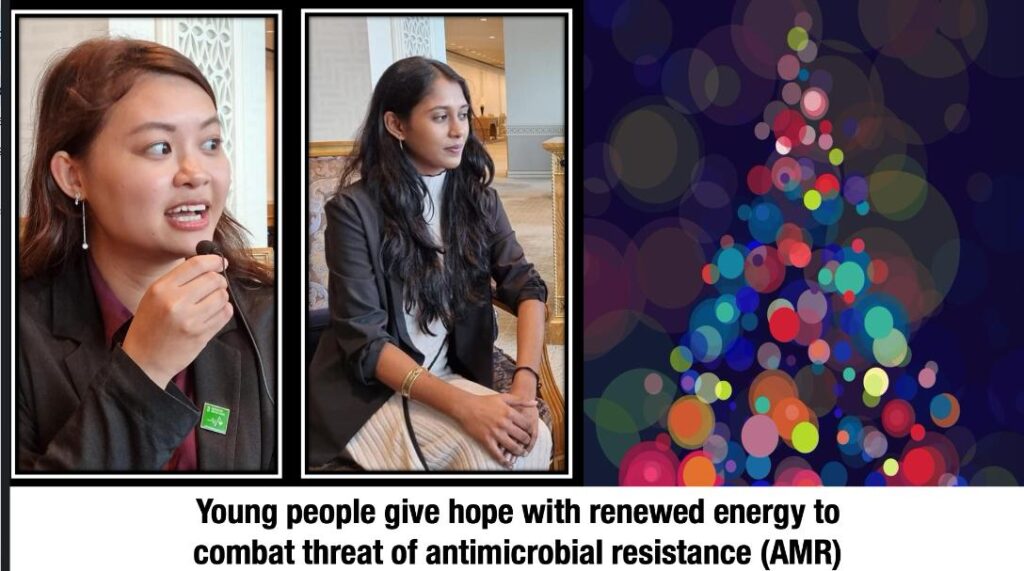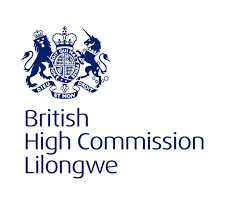Young Voices Demand Urgent Global Action to Combat Antimicrobial Resistance and Secure a Healthier Future
The world is currently grappling with a looming crisis: antimicrobial resistance (AMR), a global health threat that has young people calling on leaders for urgent action. AMR refers to the ability of microorganisms, like bacteria, viruses, fungi, and parasites, to resist the effects of medications that once effectively treated them.
As this resistance grows, the future of healthcare and food security becomes increasingly uncertain. In fact, AMR is already among the top 10 global health threats, causing an estimated 4.95 million deaths annually, with the numbers projected to rise.
At the second-ever United Nations General Assembly High-Level Meeting on AMR, youth voices stood out, urging world leaders to take serious steps to combat this global challenge. The political declaration adopted at the meeting outlined concrete actions that nations must take to reduce AMR-related deaths, ensure proper sanitation and hygiene in healthcare facilities, and improve resistance testing.
Dr. Audrey Wong, Chairperson of the Quadripartite Working Group for Young Engagement on AMR, reflected on the urgency of the issue. “When I was a pharmacy student, antimicrobial resistance was an abstract concept. But once I started working, I saw how real it was. I saw patients with microbes resistant to nearly all available medicines,” she said.
The Quadripartite, a collaboration of the World Health Organization (WHO), Food and Agriculture Organization (FAO), United Nations Environment Programme (UNEP), and the World Organisation for Animal Health (WOAH), is focusing on this issue. The consequences of unchecked AMR are dire: beyond the human health crisis, AMR threatens food security, animal welfare, and environmental sustainability. By 2050, AMR could cause up to 10 million deaths annually, and the economic burden could amount to over $855 billion in additional healthcare costs and lost productivity.
But the impact isn’t limited to human health. Karina Khatic, a veterinary student from Trinidad and Tobago, highlighted how AMR affects animals as well. “AMR doesn’t just affect humans. It affects animals too, and as a veterinarian, I see how this puts our food security and animal welfare at risk. We need to reduce the misuse and overuse of antimicrobials in agriculture and animal health, and that’s where the One Health approach comes in.”
The One Health approach, which considers the interconnectedness of human, animal, and environmental health, is central to fighting AMR. Misuse and overuse of antimicrobials across human medicine, veterinary medicine, and agriculture have contributed to this growing crisis. The Quadripartite alliance emphasizes the need for collaboration across sectors to prevent AMR, using the One Health approach as the foundation for progress.
A key component of the fight against AMR is raising awareness, particularly among young people. Earlier this year, a youth manifesto was launched, calling for meaningful youth engagement in AMR policy-making and program implementation. The manifesto urges countries and stakeholders to include youth in their national action plans against AMR, encourage multi-stakeholder collaboration, and focus on capacity-building and mentorship initiatives to empower young leaders in this fight.
AMR is often seen as a technical, medical issue, making it hard for the general public to relate. To counter this, social media campaigns have proven crucial in spreading awareness. Dr. Audrey Wong emphasized the importance of creative approaches in communicating the dangers of AMR. “We’ve used platforms like TikTok and created storybooks to explain AMR in a way that people can understand and relate to,” she said. The campaign “AMR is invisible. I am not” has been especially impactful, humanizing the epidemic and showing how real and personal the consequences of AMR can be.
World leaders at the United Nations General Assembly meeting set ambitious targets to combat AMR. Among these are reducing global deaths related to bacterial antimicrobial resistance by 10% by 2030, ensuring that all countries have developed and are implementing national action plans on AMR, and reducing the quantity of antimicrobials used in agriculture. A key focus is improving water, sanitation, hygiene, and waste services in healthcare facilities, a critical factor in preventing infections and the spread of resistance.
Despite the daunting nature of the crisis, there is hope. Young leaders like Dr. Audrey Wong and Karina Khatic are advocating for change, pushing for stronger national and global action plans to reduce AMR. Their message is clear: antimicrobial resistance is a challenge that can’t be ignored, and everyone – from world leaders to individuals – has a role to play in preventing it.
“We need to take steps at every level,” Dr. Wong emphasized. “From washing hands and practicing good hygiene to pushing for better policies and stronger health systems, we all have a part in this fight.”
In the end, the future hinges on our collective ability to address AMR. For young people, the stakes couldn’t be higher. They want a future where infections are treatable, food is secure, and health systems are resilient. With coordinated global action and a strong commitment to combating AMR, that future is still within reach.



